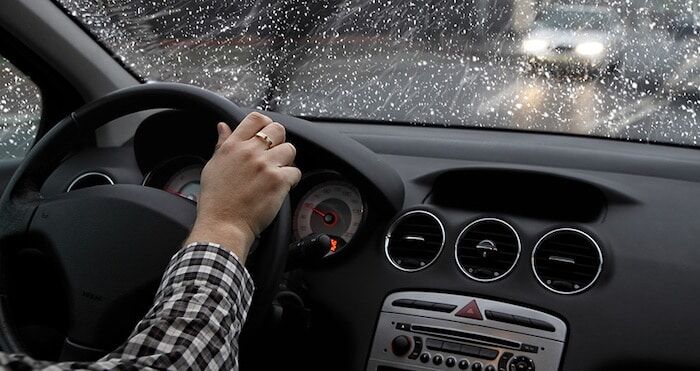Dangerous weather conditions create a mix of potential hazards that can lead to car accidents, such as low visibility and slick roads. Determining fault for a car accident during this type of weather can be complicated since the dangerous weather-created conditions could have led to the accident, rather than the specific actions of a driver.

Liability and Insurance
Florida is a no-fault insurance state, which means that each driver has his or her own personal injury protection, or PIP, as well as property damage liability (PDL) coverage. In case of an accident, the PIP, which has a limit of $10,000, covers each driver’s medical expenses and potential lost wages, no matter who was at fault. However, if a person’s medical expenses surpass the PIP limit, or he or she suffers a serious injury, the affected person can file a personal injury lawsuit against the responsible party. If a jury finds someone at fault, he or she must use the PDL, which also has a $10,000 limit, to compensate for the victim’s medical expenses, as well as vehicular damage costs, and pain and suffering.
Importance of Determining Fault
In order to receive compensation from the PDL, it is the victim’s responsibility to file the lawsuit against the at-fault driver and prove to a jury that the driver’s negligent actions caused the accident, as well as any injury or vehicular damage you received. Severe weather conditions such as intense rain can complicate matters since the at-fault party can claim that the weather conditions caused loss of vehicle control and led to the accident. However, Florida traffic laws require motorists to adapt to dangerous weather and take additional precautions to prevent accidents.
Determining Fault
The state of Florida establishes certain precautions for driving in severe weather conditions. In addition, driving practices considered negligent in regular weather conditions are also negligent in bad weather. You must prove that the responsible party committed these negligent or reckless acts:
- Failing to adapt to weather and slow down
- Failing to use lights and wipers
- Driving with defective tires or wipers
- Turning on hazard lights while the vehicle is in motion
- Driving while fatigued or distracted
- Failing to give vehicles enough space
- Driving aggressively or recklessly
- Driving under the influence
- Disobeying traffic lights and neglecting four-way stop rules in their absence
Keep in mind that you should also follow severe weather precaution and general safe driving practices. According to Florida’s comparative negligence rule, if you commit a reckless or negligent act that contributed to your accident, the jury will reduce your compensation award by the percent of your fault. For instance, if you were speeding when a negligent driver hit you, you share a percentage of fault. The jury will reduce the compensation by that percentage.
If you are the victim of a car accident during bad weather and believe another party’s negligence was a factor, then let us assist you with a free consultation. Harrell & Harrell, P.A. is one of Jacksonville’s premier law firms. During your free initial consultation, we will listen to your story and advise you of your legal options. Contact us online or call our offices at 904-251-1111 or 800-251-1111.
